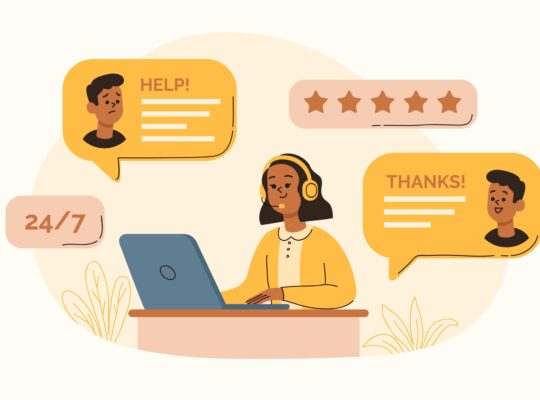| Customer Service: Problem-Solving and Troubleshooting | ||
| Instructor: Noah Fleming | ||
| Released: 10/31/2022 | Course Details 35m Beginner | |
| Skills Covered Troubleshooting / Problem Solving Customer Service | Course Link | |
| Professional Certifications and Continuing Education Units (CEUs) National Association of State Boards of Accountancy (NASBA) – 1 CPE Project Management Institute (PMI) – 0.5 PDUs | ||
| Customer service care costs organizations billions of dollars each year. As a result, it’s critical that employees are equipped with the skills needed to handle a variety of different customer service problems. In this course, learn critical problem-solving and troubleshooting processes for common sense customer service in a wide variety of applications. Discover how to effectively deal with issues, while maintaining a positive relationship with your customers (and your own sanity). Plus, learn how to identify and resolve larger systemic issues within your company. Learning objectives – Identify the first step to take with an invalid complaint. – Recognize the importance of always listening to the customer. – Explain how to deal with a customer who is rude and making you uncomfortable. Source: LinkedIN Learning | ||
Common Sense Customer Service: A Two-Step Approach
Explore a model for common sense customer service
Is this complaint, criticism, or feedback valid or invalid?
Reasons Customers Complain
- Want something for free
- Want their concerns acknowledged
The key is to determine if this complaint, comment, feedback, or review is valid or invalid.
How to respond when the customer is right
Responding to Valid Complaints
- Apologize.
- Explain how you will handle the situation.
- Communicate how you will follow up.
- Follow through and follow up.
What to do (or say) when the customer is wrong
Manage valid and invalid complaints
- Treat invalid complaints like they are valid.
- Customers want to be heard and acknowledge.
- Redirect and reframe.
- Avoid offering free products or services for invalid complaints.
Respond to the initial request in a manner that is consistent with it being valid or invalid.
Critical Customer Service Problem-Solving Skills
Diagnose a customer’s concerns as the first step
Diagnose First
- Ask the customer to explain the situation.
- Take time to understand the problem.
- Ask clarifying questions.
Listen and listen carefully
You need to actively listen to provide great customer service.
- Stop and actively listen.
- Display an empathetic demeanor.
- Repeat and clarify.
Stop and focus.
Make Eye Contact
- Smile
- Take notes
- Repeat information
Validate the client’s concerns: Three steps for success
Verifying and Clarifying
- Allow the customer to speak.
- Check for understanding.
- Address the issue
Critical Troubleshooting Skills
Calming down angry and upset customers
- Let the customer vent.
- Apologize.
- Verify and clarify. Reiterate and check for understanding.
- Find a solution.
Give the customer options in unique situations
“What would make you happy?”
Decide if the request is reasonable or close to something you can offer.
Communicate bad news with customers
Don’t use text or email to deliver bad news.
Put yourself on their side. Frame the situation in a positive light. Be direct.
Customer Service Mindset and Playbook
Maintain your mindset during stressful times
- Take a break
- Consider the customer’s perspective.
- Do not tolerate inappropriate treatment.
Build your own customer service playbook
Be proactive when resolving customer issues.
- List your most common customer complaints.
- Take notes on clients and separate your two best customers and why.
- Identify any customers who’ve been problematic in the past.
- List all the tasks and promises you’ve made.
 | Remember! To experience the full benefit of this guide, I highly recommend you watch the full training session. |






